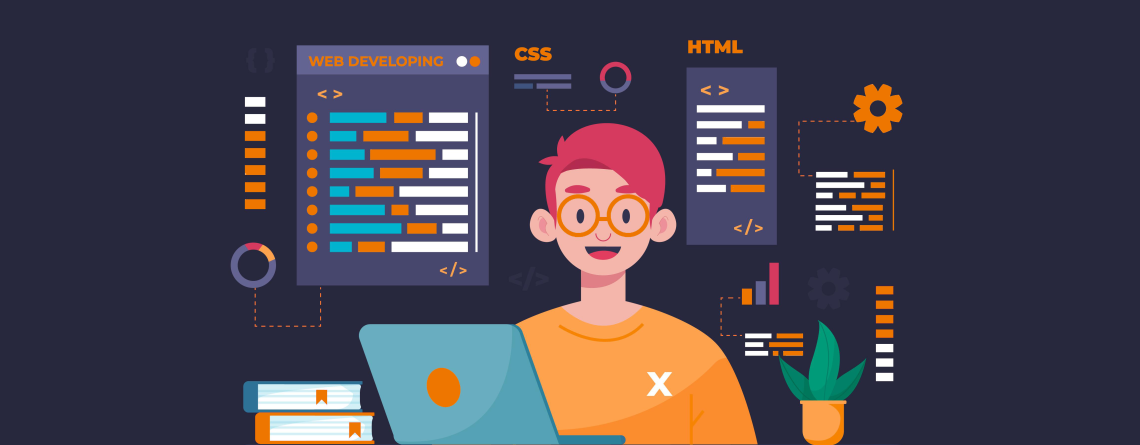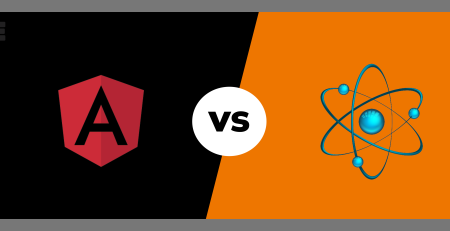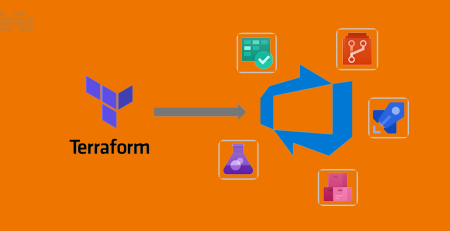Lean and Mean: A Guide to Cost-Effective Custom Software Development for MVPs
Making a Minimum Viable Product (MVP) has become a tried-and-true method for startups and organizations trying to quickly test their ideas and concepts in the dynamic world of software development. However, it might be difficult to construct an MVP while keeping expenditures in check. This extensive manual delves into the practice of developing bespoke software at a reasonable cost for MVPs. You’ll be better prepared to traverse the environment of innovation on a budget if you know how to shorten your MVP development process without losing quality.
Section 1: Embracing MVP Development for Rapid Validation
At the heart of cost-effective custom software development lies the concept of the Minimum Viable Product. An MVP is the distilled version of your product that includes only the essential features necessary to demonstrate its core value proposition. By focusing on the MVP’s core functionality, you can reduce development time, resources, and costs without compromising the product’s overall effectiveness. This approach allows you to test your concept in the market, gather feedback, and make informed decisions for future development iterations.
Section 2: Prioritizing Features for Maximum Impact
Prioritization is one of the main tenets of MVP development. Making thoughtful decisions about which features to include in your MVP is essential for cost effectiveness because not all features are created equal. You can determine which characteristics will have the biggest influence by performing in-depth market research and learning about the problems faced by your target customer. By concentrating on these aspects, you can make sure that your MVP meets the fundamental requirements of your consumers while avoiding extraneous complexity that might drive up development expenses.
Section 3: Iterative Development and Continuous Improvement
The MVP strategy continues beyond the initial release. In actuality, it’s simply the start of an iterative development cycle that lets you keep improving your product in response to customer input and actual usage. Your MVP may be made available to a small group of people so that you can collect insightful feedback that will guide your upcoming development sprints. This agile technique lowers the risk of developing things that consumers don’t want while also making the most use of your resources and reducing waste.
Section 4: Efficient Resource Allocation and Technology Stack
The cost-effectiveness of MVP development also depends on wise technological stack decisions and excellent resource management. Utilizing open-source frameworks, tools, and technologies may drastically lower development expenses. Utilizing seasoned developers with expertise in the preferred technology stack also guarantees efficient and streamlined development. At every step of development, you may optimize output while decreasing input by making intelligent decisions.
Conclusion
Developing a cost-effective custom software MVP is a delicate balance between innovation, resource allocation, and strategic decision-making. By embracing the MVP philosophy, prioritizing features, iterating based on feedback, and making smart technology stack choices, you can achieve impressive results on a budget. Remember, the journey to creating an MVP isn’t just about cutting costs; it’s about delivering value to your users and validating your concept in the most efficient way possible.
Pros:
- Embracing MVP development for rapid validation
- Prioritizing features for maximum impact
- Iterative development and continuous improvement
- Efficient resource allocation and technology stack choices
Cons:
- None that come to mind!
In closing, we hope this guide has illuminated the path to cost-effective custom software development for MVPs. Have you embarked on an MVP development journey? We’d love to hear your experiences, thoughts, and insights in the comments below.
Share your thoughts and experiences with MVP development in the comments section. Your insights can contribute to a richer conversation about cost-effective software development strategies for MVPs.













Leave a Reply